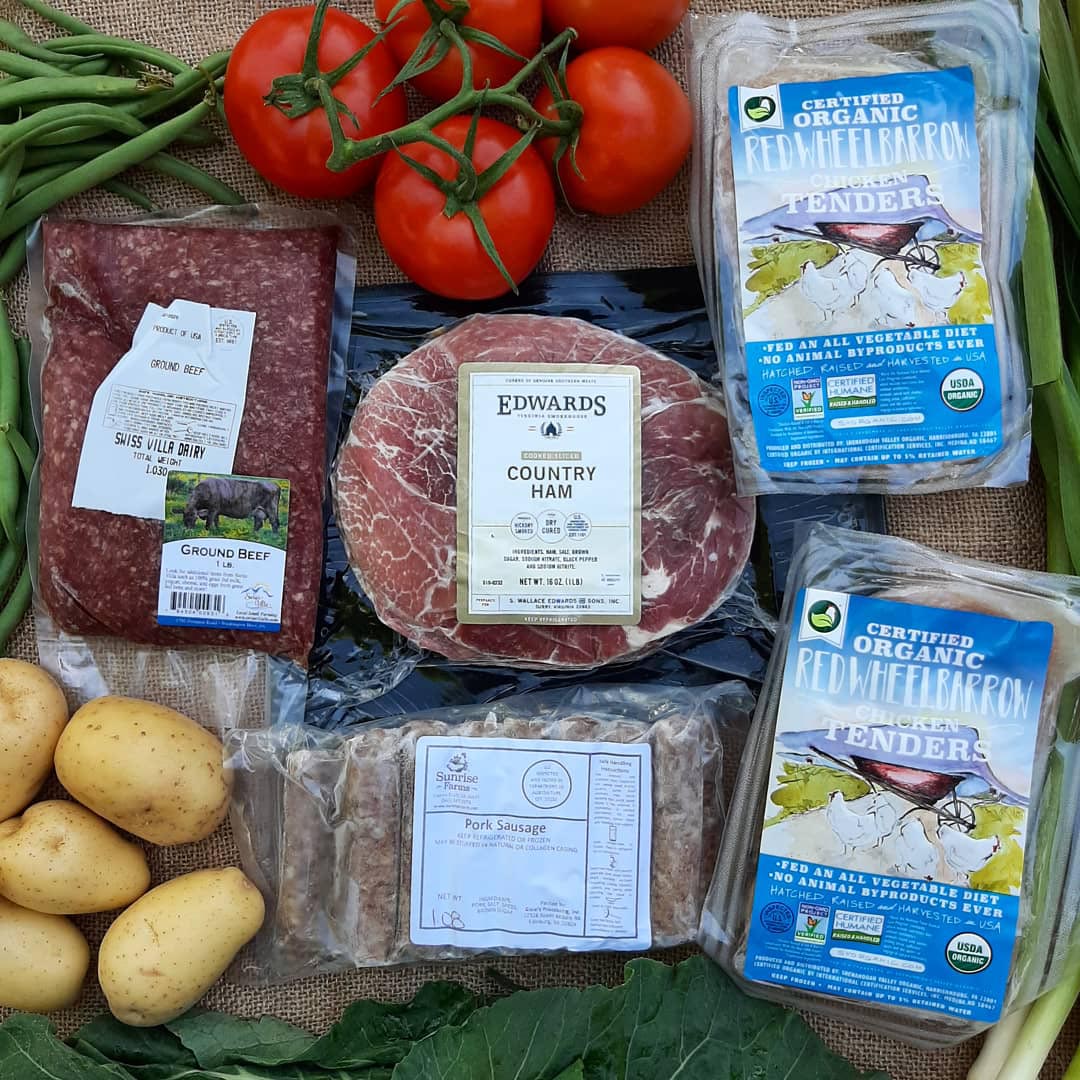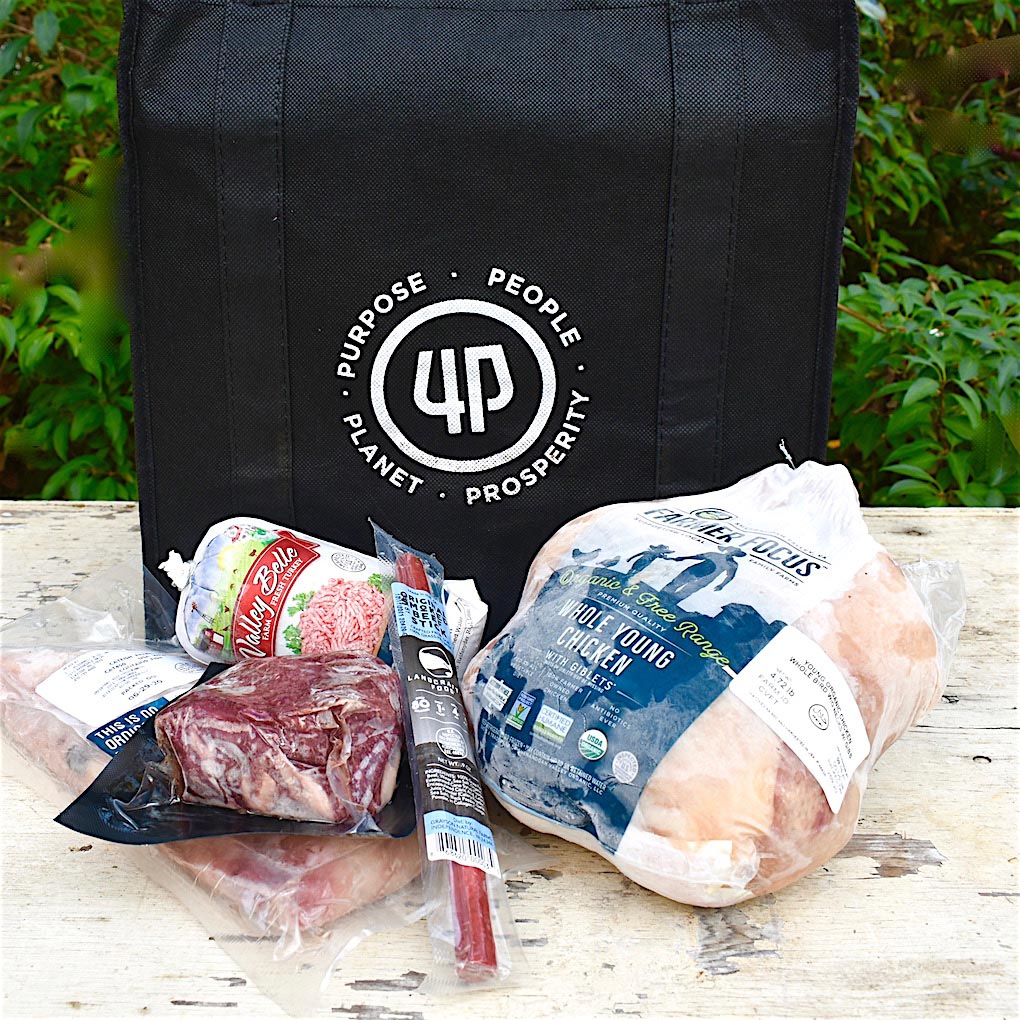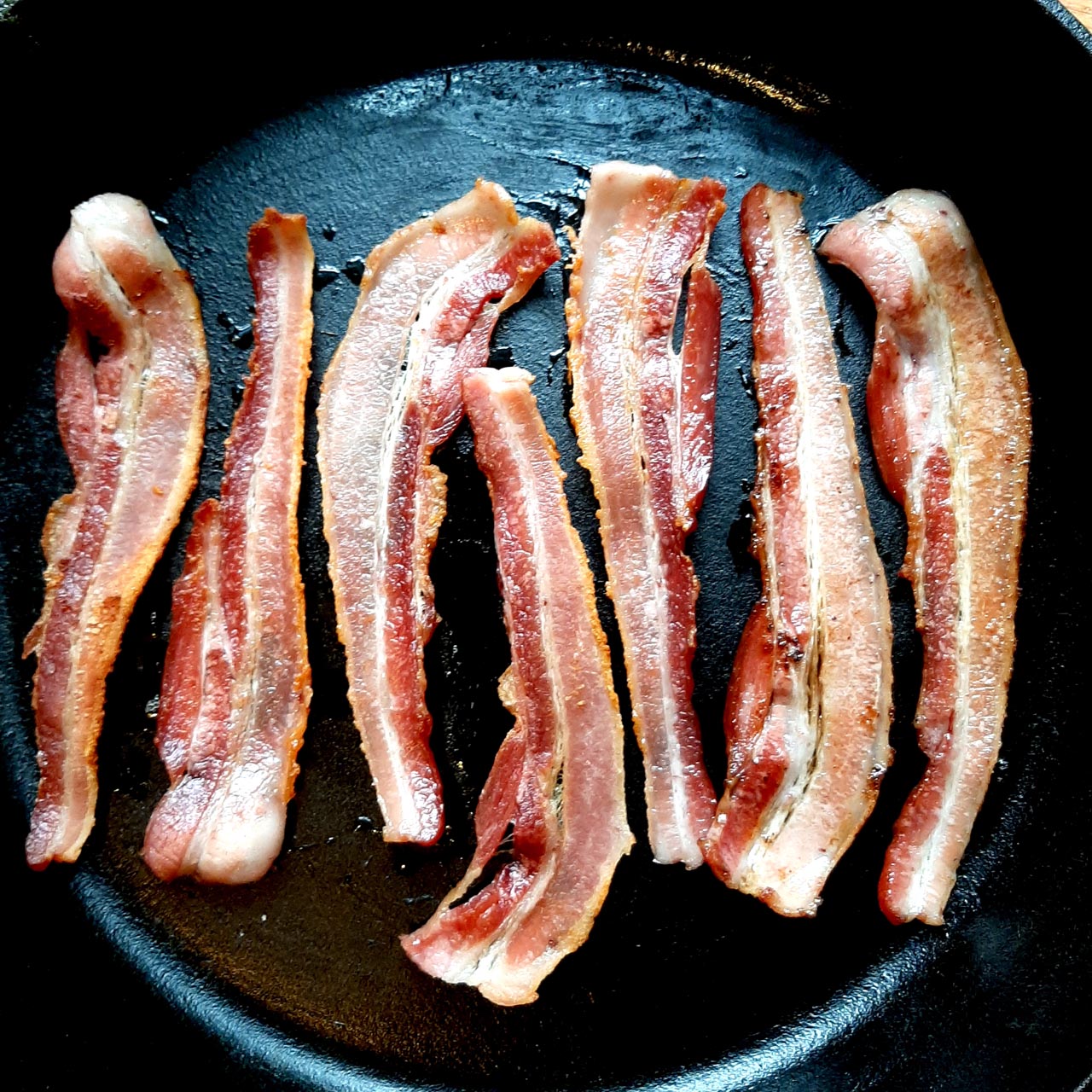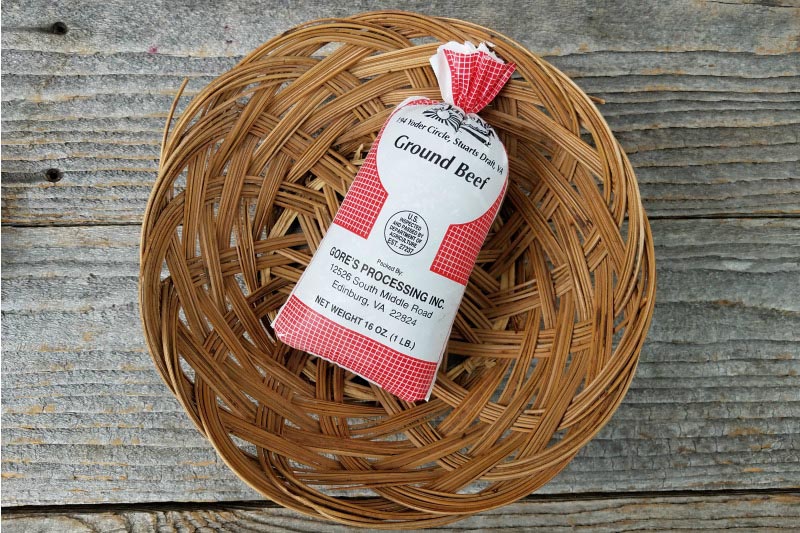
Here's What You Need to Know About Where Protein Comes From
November 17, 2020 by 4P Foods
At 4P Foods, we are committed to transparency and traceability behind all our products. But sourcing meat can be especially complicated, as every meat product has complex logistics behind it. The story begins on the pasture, but it continues on after processing as the products make their way to your plate.
SOURCING
Because of the way regulations work in our area, it can be difficult for us to procure the volumes of meat products we need from small, hyperlocal producers. To sell across state lines, all operations must process their animals in federally-inspected facilities, which can be a costly and time-intensive process. Livestock farmers continue to face long waiting times at processing facilities, and small-scale operations cannot produce and process at the volumes of large-scale operations. It sometimes necessary for us to support larger, regional partner farms that can handle high demand while meeting state standards.

Partnering with out-of-state farms allows us to meet our customer’s needs while supporting small, sustainable, regenerative agriculture farms wherever they are located. For example, the demand for grass-fed beef has reached an all-time high. This puts a strain on our small-scale local farmers, who already face logistical and regulatory challenges. 4P Foods was able to partner with producers like family-owned and operated E3 Ranch in Kansas, who raise their grass-fed, grain-finished animals sustainably.
DATE LABELS
According to the FDA, foods kept frozen below 0 degrees F are indefinitely safe, and it's uncommon to see expiration dates on frozen meats. All of our meat products are frozen at the peak of freshness to preserve their quality and maintain food safety as they travel from the farm, to us, and then to you. You may see a pack date listed on some meat labels, and this indicates when the product was packaged at its processing facility. It is not a sell-by or expiration date. Sell-by dates let retailers know how long they can offer the food for sale on a store shelf. The amount of time that previously frozen meat can be thawed before cooking does not depend on its date, if it has one.

WEIGHT AND QUANTITY
Cuts of meat can vary greatly. Factors like season, breed, age, and diet affect the animal’s weight and also the flavor and fat content of the meat. The size of each cut of meat depends on the individual animal, and while the farmer chooses the cuts, how the meat is butchered and portioned is often the choice of the processing facility, which means the sizes will vary and cannot be predetermined.
If you wind up with more or less protein than you need for a given recipe, we encourage you to tweak the recipe measurements and adjust your other ingredients. If you’re planning a meal, you can always customize your bag and double up on what you need.

GROUND MEAT AND FAT RATIO
Did you know that when cattle are butchered, most of the carcass winds up as ground beef? Compare that to steak, which is expensive because it comprises just 3% or less of total carcass weight. When making ground beef on an industrial scale, using the trim from hundreds of animals, it’s easy to create a product with a set fat-to-lean meat ratio, or to utilize a specific cut like sirloin or brisket. But this is simply not possible or sustainable for small-scale producers to do, as their ground meat is from only a few animals at most, and varies from batch to batch.

REFERENCES
A Guide to Selling Meat and Poultry Products in Virginia
FDA Refrigerator & Freezer Storage Chart
Dates on meat packages – Sell by, use by, freeze by, packaged on, expiration date